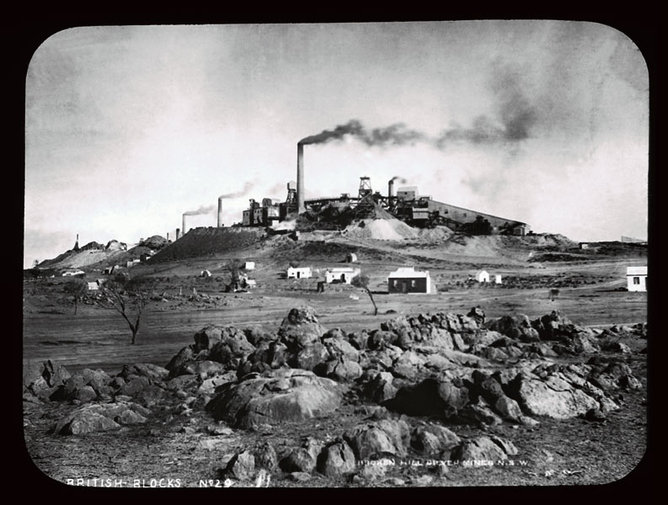
Why Choosing a Medical Clinic Bundoora Is Important for Complete and Accessible Healthcare
Access to reliable and comprehensive healthcare is essential for maintaining long-term wellbeing. Choosing a trusted medical cli...
After decades of decline, this is how unions can rebuild their role in Australian work
As recently as the early 1990s, 40% of Australian workers were union members. While there was a slight increase in 2024 – th...

Googoosh, the ‘Voice of Iran,’ has gone quiet – and that’s her point
Googoosh performs at Scotiabank Arena on Jan. 17, 2025, in Toronto.Jeremy Chan Photography/Getty ImagesBefore Beyoncé, befo...

The Insurrection Act is one of at least 26 legal loopholes in the law banning the use of the US military domestically
Federal law enforcement agents confront anti-ICE protesters during a demonstration outside the Bishop Whipple Federal Building in ...
Global power struggles over the ocean’s finite resources call for creative diplomacy
Oceans shape everyday life in powerful ways. They cover 70% of the planet, carry 90% of global trade, and support millio…

China’s new condom tax will prove no effective barrier to country’s declining fertility rate
A Chinese visitor looks at condoms at the Beijing International Sex Supplies Exhibition.Zhang Peng/LightRocket via Getty…
Do Woolworths shoppers want Google AI adding items to buy? We’ll soon find out
Woolworths has announced a partnership with Google to incorporate agentic artificial intelligence into its “Olive…

The hidden power of grief rituals
Shared rituals of grief bring people together.onuma Inthapong/E+ via Getty ImagesIn Tana Toraja, a mountainous region of…

Refugee families are more likely to become self-reliant if provided with support outside of camp settings
The Kakuma Refugee Camp in Turkana County, Kenya.Charles Onyango/Xinhua via Getty ImagesRefugees provided with targeted …
How is China viewing US actions in Venezuela – an affront, an opportunity or a blueprint?
China’s public response to the U.S. capture of Nicolás Maduro played out in a fairly predictable way, with …

Science is best communicated through identity and culture – how researchers are ensuring STEM serves their communities
Personal experiences can help foster a sense of belonging for aspiring scientists from underrepresented backgrounds.kali…

Most of the 1 million Venezuelans in the United States arrived within the past decade
The extraction of Nicolas Maduro was welcome news to many Venezuelans living in the United States.Giorgio Viera/AFP via …

One cure for sour feelings about politics − getting people to love their hometowns
A young girl holds Old Glory at an Independence Day celebration.SDI Productions/E+ via Getty ImagesEileen Higgins won a …

How mountain terraces have helped Indigenous peoples live with climate uncertainty
Farmers during harvest season in Batad, Ifugao, Philippines.Paul Connor and the Ifugao Archaeological Project, CC BYIndi…

Supreme Court likely to reject limits on concealed carry but uphold bans on gun possession by drug users
The Supreme Court recognizes an individual right to self-defense with firearms in public spaces.wildpixel/Getty ImagesTh…

New Year’s resolutions usually fall by the wayside, but there is a better approach to making real changes
Resolutions often rely on willpower to push through or follow through, but research shows they usually don't work. Guill…

Before Venezuela’s oil, there were Guatemala’s bananas
A woman walks past a banner that says 'against foreign intervention,' in Spanish, in Guatemala in 1954.Bettmann/Getty Im…

Australia is betting on a new ‘strategic reserve’ to loosen China’s grip on critical minerals
MirageC/GettyThe federal government has unveiled new details of its plan to create a A$1.2 billion critical mineral rese…



